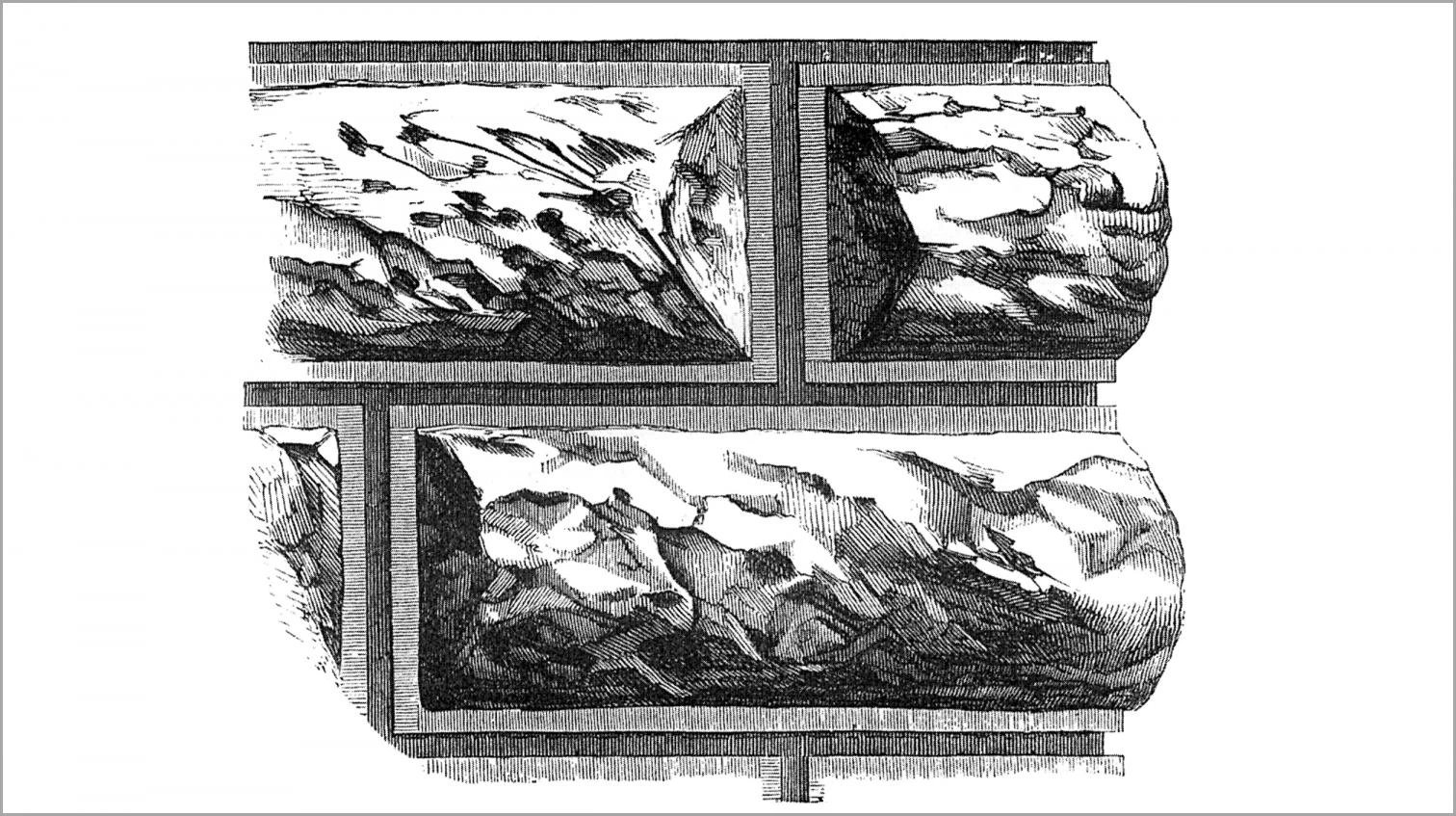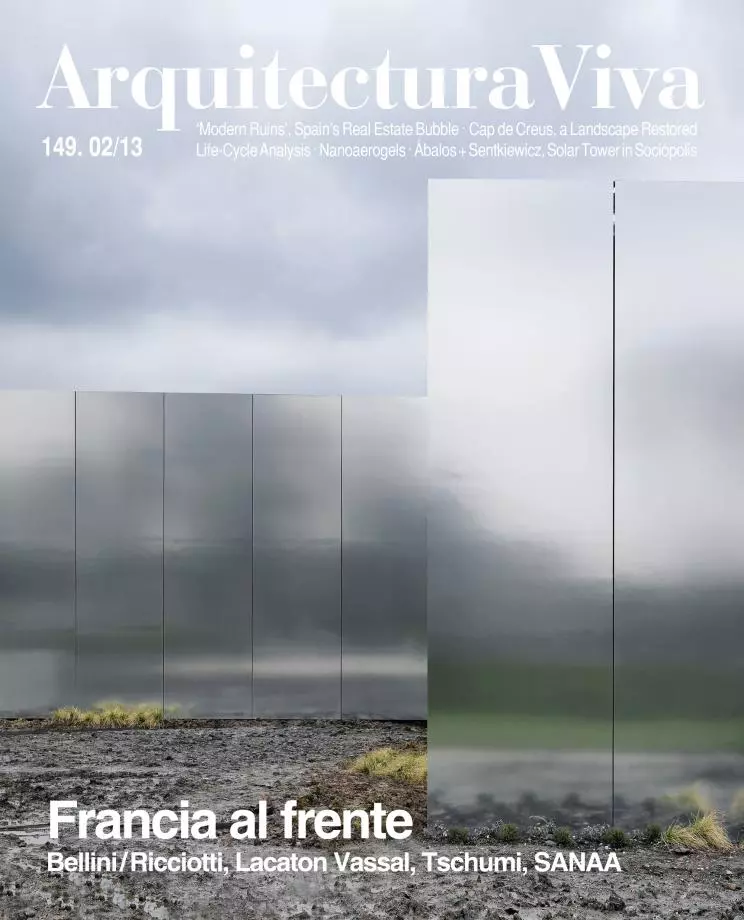
Juxtaposing Palladio churches and brain sections may seem like a surrealistic operation, “the chance meeting on a dissecting-table of a sewing-machine and an umbrella”, in Lautréamont’s words, or an exquisite corpse, as Breton would have it. But Harry Francis Mallgrave is not an artist trying to surprise us with superimpositions of unusual objects, but a great specialist in architectural theory, translator and author of monographs on Wagner and Semper (see Arquitectura Viva 30, 84, 103, 137), and the two books now published simultaneously can be described as an excellent introduction to the history of architecture from the angle of aesthetic ideas, supplemented in the first volume by a hundred pages on the relevance of neuroscience in architecture.
The Architect’s Brain presents architectural theory, from Alberti to the present, through chapters titled ‘The Humanist Brain’, ‘The Enlightened Brain’ or ‘The Empathetic Brain’ and a parade of names like Perrault, Laugier, Burke, Kant, Schopenhauer, Schinkel, Semper or Wölfflin (more or less the usual suspects), reaching our days with ‘The Phenomenal Brain’, featuring Merleau-Ponty, Rasmussen, Frampton or Pallasmaa. Completing the book is a section devoted to the anatomy of the brain and the biological bases of perception and creativity, with descriptions of the neuroaesthetics of the scientist Semir Zeki, the ‘neuroarthistory’ of John Onians or the Association of Neuroesthetics founded in Berlin by the artist Olafur Eliasson, movements that express their debt to contemporary scientific research, but also to predecessors like Richard Neutra and his concept of ‘biorealism’.
An Introduction to Architectural Theory: 1968 to the Present delivers what its title promises, although at some points theory becomes like a chronicle of recent architecture, a task to which Mallgrave (in this case in collaboration with David Goodman) applies himself with knowledge, skill and grace. Skepticism regarding the course of architectural theory over the past forty years (“the short-lived parabolic trajectories of the postmodern and poststructural movements and their evolution into digital and green design”), may explain the protagonism here of works over ideas, although this does not preclude a detailed examination of the thinking that underlies the projects of the period. Incidentally, many are by Spaniards – Moneo, Calatrava, Miralles & Pinós, FOA or Campo Baeza –, presented with images whose poor quality is the only reproachable aspect of the book.







